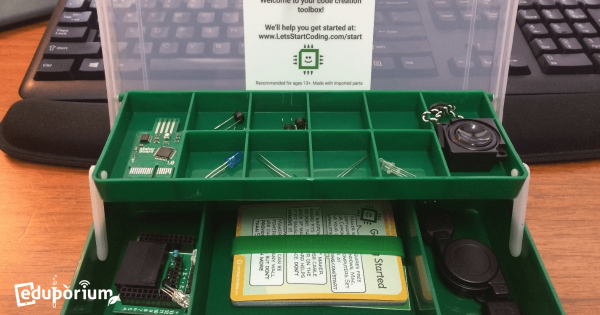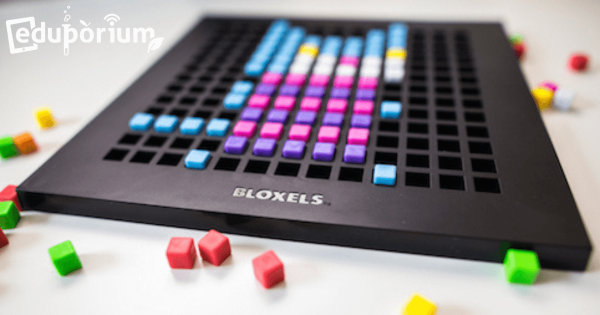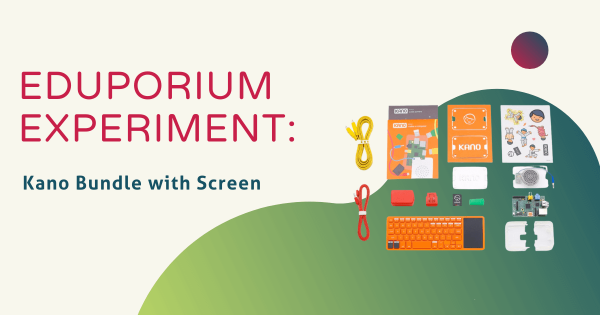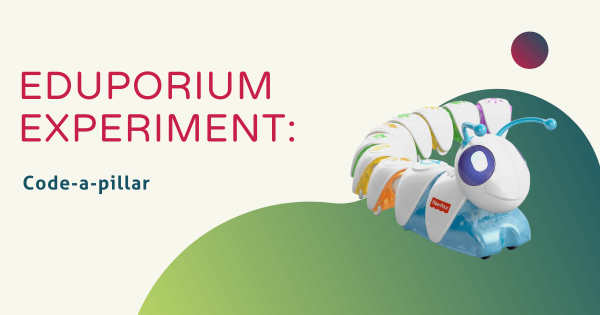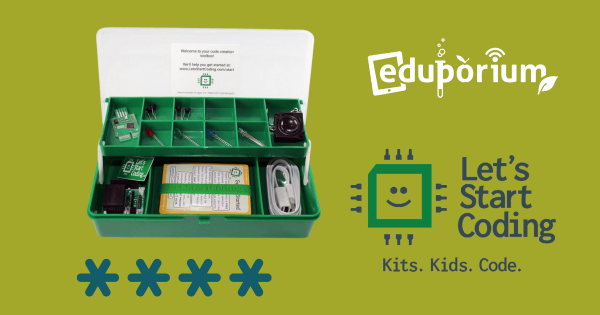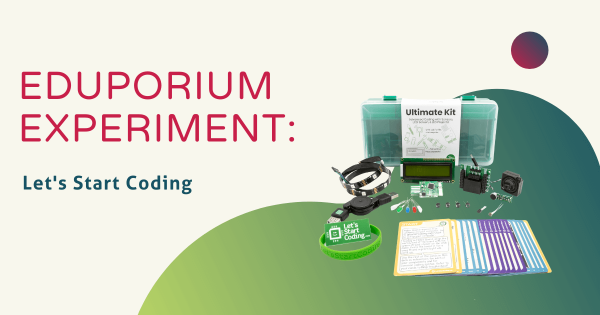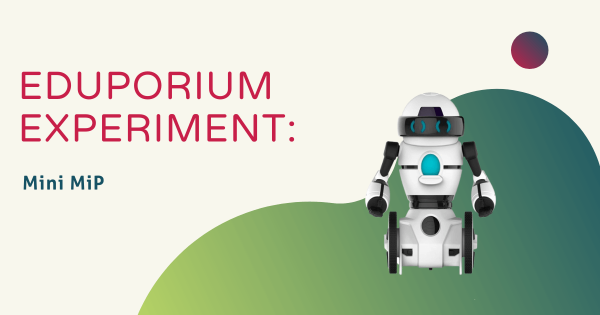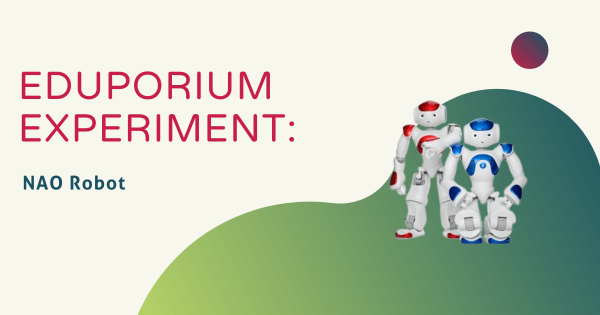Coding is an extremely large topic in modern education and has enormous implications on the futures of today’s students. As the flood of coding toys, tools, and websites out there continue to expand, we chatted with Weston Hagan, Director at Let’s Start Coding, about connecting coding with more of today’s existing academic standards when building a new product.
Programming
-
Programming Video Games Is A Piece Od Cake With Bloxels Kits
Coding is too tough for kids. There’s nothing to simulate what it’s actually like. I’d rather have students learn the theory than the practice. These are some of the things that Bloxels, the video game building kit, helps put to rest. With this interactive tool, students as young as 7 can create their own video games using authentic construction. -
Eduporium Experiment | Kano Bundle with Screen
The Kano team now has a bundled kit complete with a screen and we put that to the test in our office for this edition of the Eduporium Experiment. Just following the instructions was enough because the included illustrations are very clear and easy to follow. I didn’t have to Google anything or spend any extra time pulling up YouTube -
Eduporium Experiment | Code-a-pillar
Technology can enable the littlest learners to get a feel for what it’s like to work with their hands and engage in authentic problem solving. Sometimes, we’re even comfortable recommending technology that’s suitable for children who haven’t even entered kindergarten yet. You guessed it—the Code-a-pillar is one of those technologies. -
Two Cool Kits To Get Kids Coding In Kindergarten
If you want your kids to start coding, you’re not alone. And you have come to the right place! By the time that elementary-aged students enter into the future workforce in 10 or 12 years, coding will be as mandatory as showing up for work. Luckily, we have these new secrets to help children get ahead of the game—the Base -
Eduporium Experiment | Let's Start Coding Kits
Students are often required to use a computer and work with digital modules to get familiar with coding languages and syntax (i.e. code.org). While this is a great and invaluable tool for teaching coding, there is so much more that kids can do with code—especially when it comes to applying what they know to real-world scenarios! -
10 Easy Ways For Students To Learn How To Code
According to Code.org statistics, about 90 percent of parents in the United States want their children to learn how to code. On the other hand, only 40 percent of students in K-12 schools are currently learning about computer science. Considering the huge demand for technically competent workers in today’s growing-by-the-minute IT sector, learning how to code is key. -
Eduporium Experiment | Mini MiP Robot
The search continues to provide teachers and parents with an entry-level robot that ensures little ones aren’t left out of STEM learning. This week I experimented with one of our simpler robotics toys, the Mini MiP, which is developed by WowWee and serves as a smaller, less complex version of WowWee’s MiP robot. -
Guest Post: Coding A High School Graduation Requirement
As more and more emphasis is being placed on preparing workers primed to succeed in the 21st century workforce, it seems logical that more emphasis should be placed on helping students acquire programming skills. In over half of US states, however, computer science-related disciplines don’t count towards graduation requirements. -
Eduporium Experiment | NAO Robot
Here at Eduporium, we have been lucky enough to acquire our very own version of one of the most advanced robots in the world—a little bot called NAO. NAO is about two feet tall and voice activated. We’ve had it around the office for a little while now, and although we’ve seen a little of what NAO is capable of,




